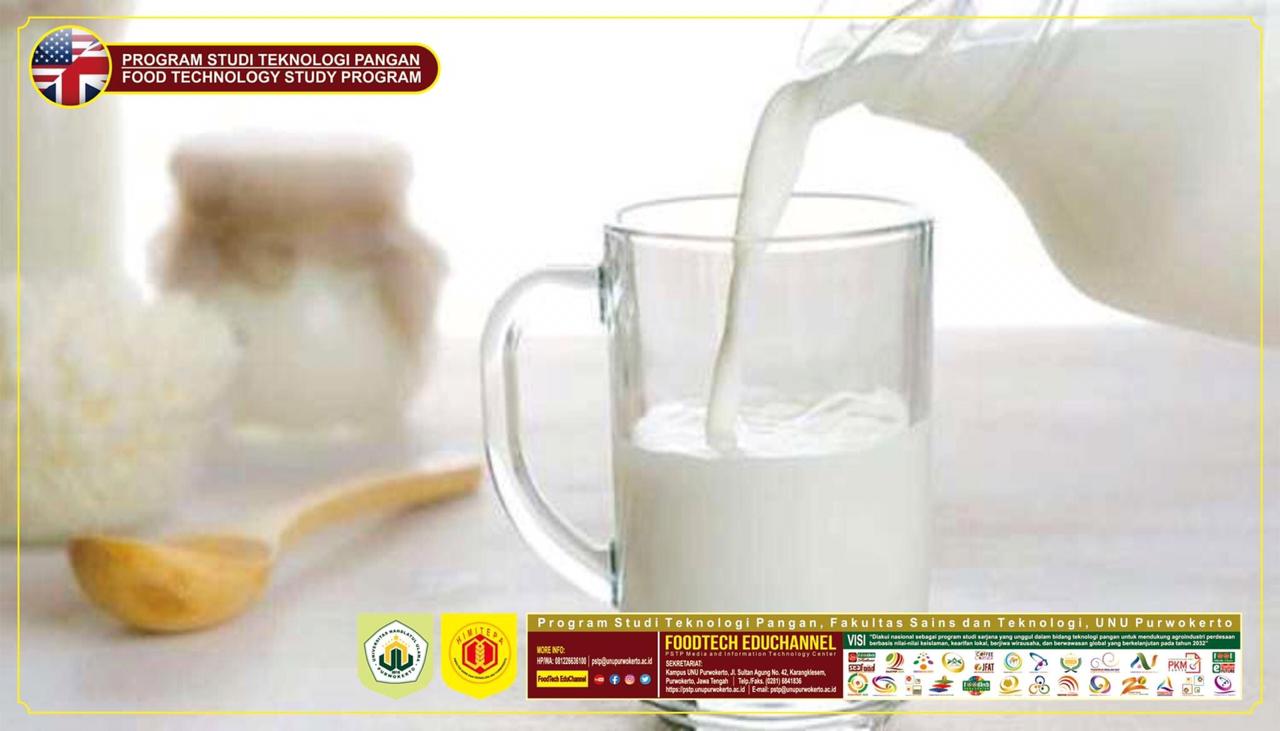
SCIENCE-FOOD TECHNOLOGY: MINI SCALE PASTEURIZATION TECHNOLOGY FOR MILK
e-Foodtech Future – The pasteurization process in milk is intended to kill pathogenic microbes present in fresh milk. Heating in pasteurization should not be less than 63 C for 30 minutes when using the heating method in a tank (batch / vat method). Or you can also use the method of rapid heating (HTST / High Temperature Short Time) by using a minimum temperature of 72 C for 15 seconds. The heating treatment was sufficient to kill Coxiella burnetii and Mycobacterium tuberculosis / M. bovis which is the main pathogen in milk.
Kavadya Syska, Coordinator of the Food Technology Study Program, Faculty of Science and Technology, University of Nahdlatul Ulama Purwokerto said that with pasteurization, there are still spoilage microbes and spores that are resistant to the heat treatment given, so milk that has been pasteurized must be stored in a cooler so that it is not easily damaged . With pasteurization, milk can be maintained with minimal damage to flavor and physical characteristics.
In general, the HTST process is often chosen and is widely used for pasteurization of milk because in addition to the most minimal damage to its quality both changes in nutrition and sensory quality, this method is included in the efficient use of energy. However, for small volumes of milk, it is usually still used the ‘batch’ heating process because the investment required is much lower even though it is necessary to use more energy.
The simplest tool for heating the ‘batch’ method is to use a cooking pan. To get better control, a double jacket tank with a stirrer is used to increase the heating efficiency. Although pasteurization can be done with simple tools, but because milk has very perishable properties and has a high risk of being able to spread toxin-forming bacteria, it is emphasized that the processing of various dairy products must be carried out with carefully controlled hygiene and sanitary conditions.
There are a number of things that need major attention in the pasteurization process in the tank. The minimum temperature and time requirements are the main requirements for pasteurization, which should not be less than 63oC for 30 minutes. To fulfill this, the temperature measuring device used must be able to show a number that is always correct. Periodic calibration calibration can not be abandoned to avoid temperature measurement errors. In addition, a time of 30 minutes starts to be calculated after the minimum temperature has been reached.
Sources: interviews and references analysis
Food Technology, UNU Purwokerto: Creative, Innovative, Fantastic
Food Technology, UNU Purwokerto: Developing Creative and Innovative Future



